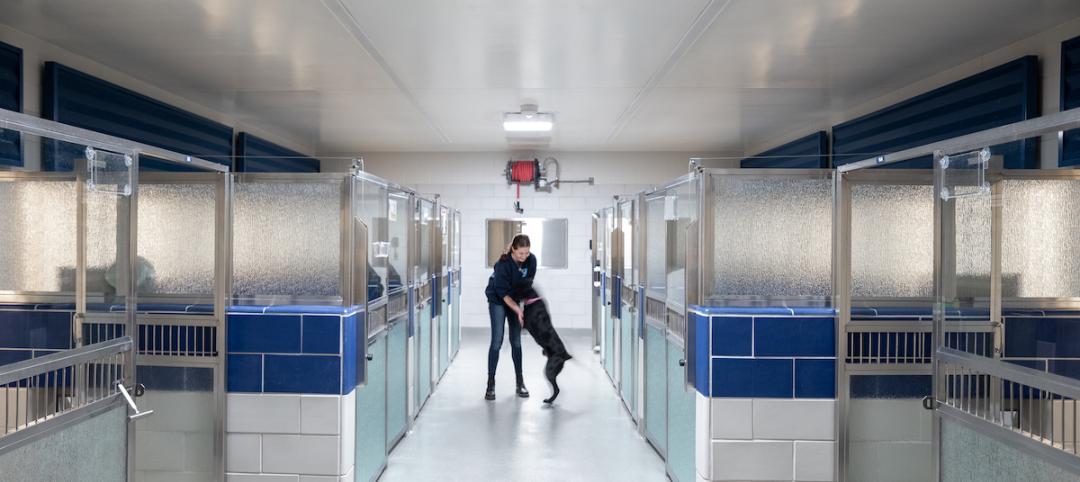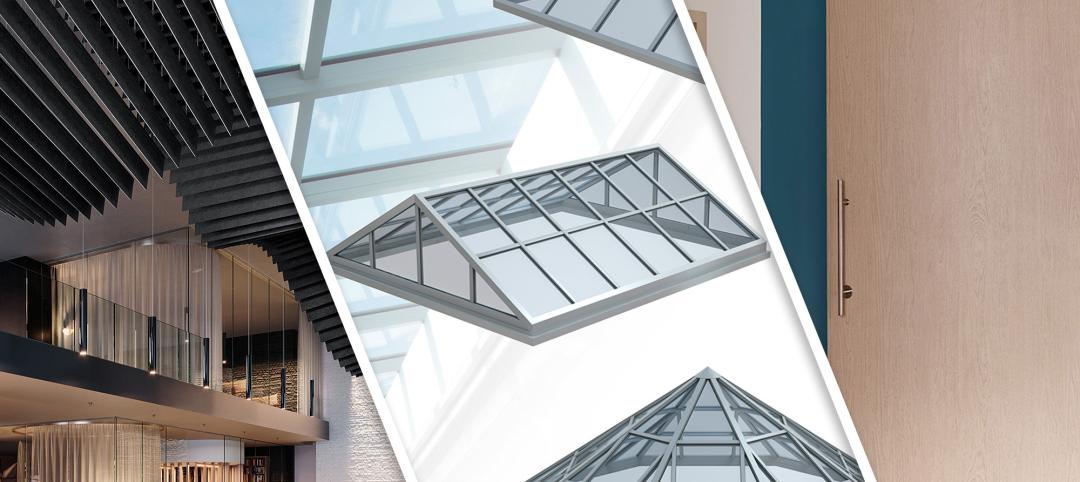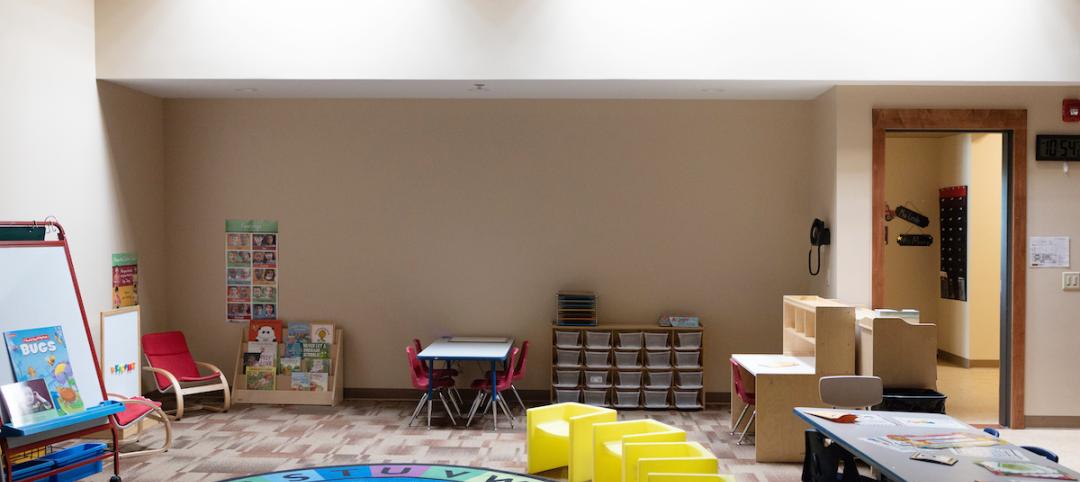To some project teams, “daylighting” means using glass area to admit direct sunlight, period. Yet there are better approaches to illuminating building interiors. Often, the sun’s direct rays are the last thing you need for effective daylighting.
Sunlight comes with high solar heat gain—measured as solar heat gain coefficient (SHGC) for various types of glazing and translucent materials—and can lead to glare, occupant thermal discomfort, and material degradation caused by ultraviolet (UV) light.
Building occupants and owners want useful, uniform light, not high-contrast or high-heat sources, according to surveys like the seminal study led by the University of Washington (https://tinyurl.com/zhpx7h3). That’s why controlled and redirected sunlight almost always provides the best approach, while direct rays may be counted among the least desirable techniques.
Building surfaces and enclosures receiving direct sunlight need solar control systems, including shading devices such as overhangs and fins that may be opaque or translucent, solid or louvered, according to the Best Practices Manual published by the Collaborative for
High Performance Schools. Canopies, window films, and insulated glazing units (IGUs) with internal louvers may also be required. Façades and areas facing north, on the other hand, need ways to maximize daylight harvest.
After reading this article, you should be able to:
+ Discuss the benefits and ideal kinds of daylighting illumination desired for such interiors as workplaces, libraries, and museums.
+ Describe the types of enclosure technologies and wholebuilding design approaches for maximizing beneficial daylighting.
+ List techniques for improving daylighting performance.
+ Compare the methods or materials commonly used in daylighting applications.
TAKE THIS FREE AIA COURSE AT BDCUNIVERSITY.COM
Related Stories
Sustainability | Apr 8, 2024
3 sustainable design decisions to make early
In her experience as an architect, Megan Valentine AIA, LEED AP, NCARB, WELL AP, Fitwel, Director of Sustainability, KTGY has found three impactful sustainable design decisions: site selection, massing and orientation, and proper window-to-wall ratios.
Daylighting Technology | Mar 19, 2024
Texas pet shelter uses tubular daylighting devices to enhance adoptions
Natural light from tubular daylighting devices has fostered a healthier atmosphere and improved pet adoptions at an animal services facility in Grapevine, Texas.
ProConnect Events | Dec 29, 2023
7 ProConnect events scheduled for 2024, including all-new 'AEC Giants'
SGC Horizon present 7 ProConnect events in 2024.
75 Top Building Products | Dec 13, 2023
75 top building products for 2023
From a bladeless rooftop wind energy system, to a troffer light fixture with built-in continuous visible light disinfection, innovation is plentiful in Building Design+Construction's annual 75 Top Products report.
75 Top Building Products | Aug 7, 2023
Enter today! BD+C's 75 Top Building Products for 2023
BD+C editors are now accepting submissions for the annual 75 Top Building Products awards. The winners will be featured in the November/December 2023 issue of Building Design+Construction.
Products and Materials | Jul 31, 2023
Top building products for July 2023
BD+C Editors break down 15 of the top building products this month, from cleanroom doors to window storm protection systems.
Apartments | Jun 27, 2023
Dallas high-rise multifamily tower is first in state to receive WELL Gold certification
HALL Arts Residences, 28-story luxury residential high-rise in the Dallas Arts District, recently became the first high-rise multifamily tower in Texas to receive WELL Gold Certification, a designation issued by the International WELL Building Institute. The HKS-designed condominium tower was designed with numerous wellness details.
K-12 Schools | May 25, 2023
From net zero to net positive in K-12 schools
Perkins Eastman’s pursuit of healthy, net positive schools goes beyond environmental health; it targets all who work, teach, and learn inside them.
Intelligent Lighting | Feb 13, 2023
Exploring intelligent lighting usage in healthcare, commercial facilities
SSR's Todd Herrmann, PE, LEEP AP, explains intelligent lighting's potential use cases in healthcare facilities and more.
K-12 Schools | Dec 23, 2022
Vacant Target store in Minnesota turned into early childhood education center
Lincoln School, a former 90,000-sf Target retail store in Fergus Falls, Minn., was repurposed into Independent School District 544’s newest campus.


![Sun, sky brightness, and glow: Making the most of daylight [AIA course] Sun, sky brightness, and glow: Making the most of daylight [AIA course]](/sites/default/files/datylight.jpg)














